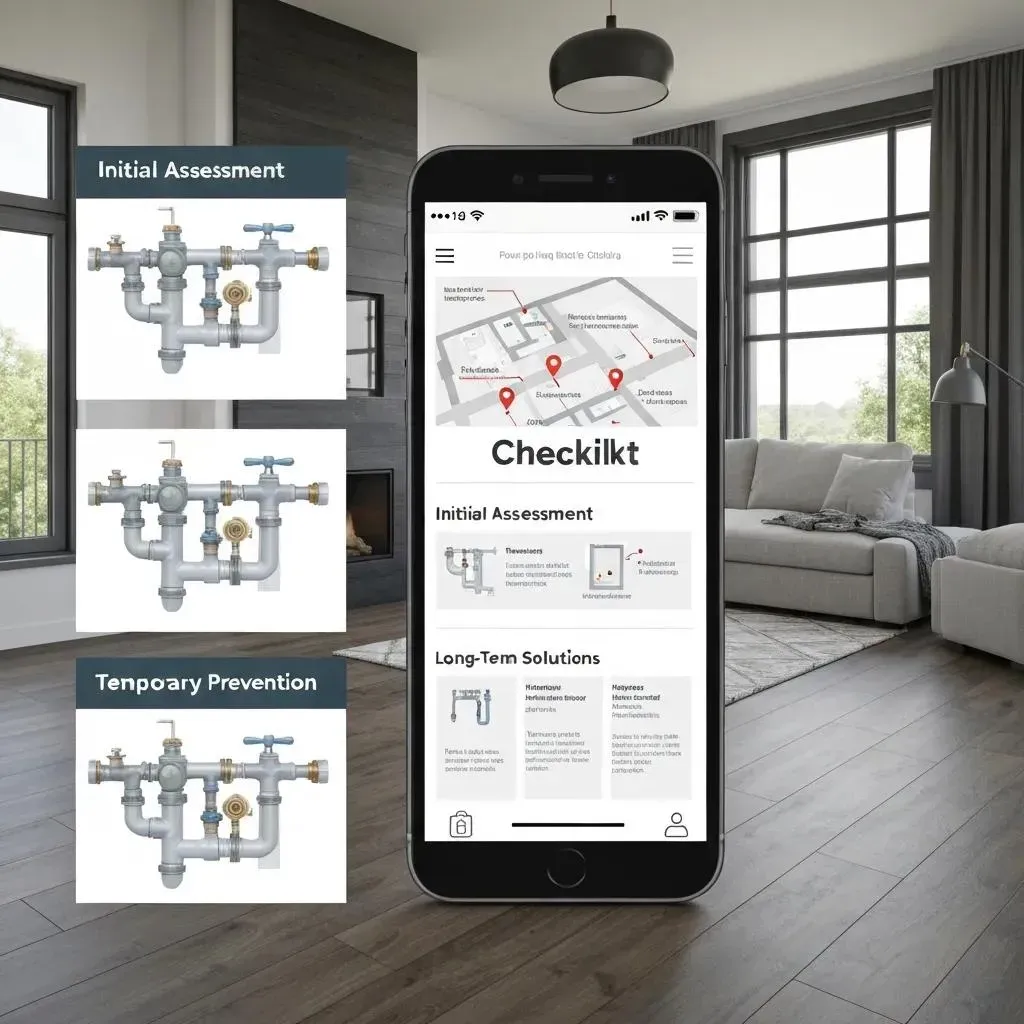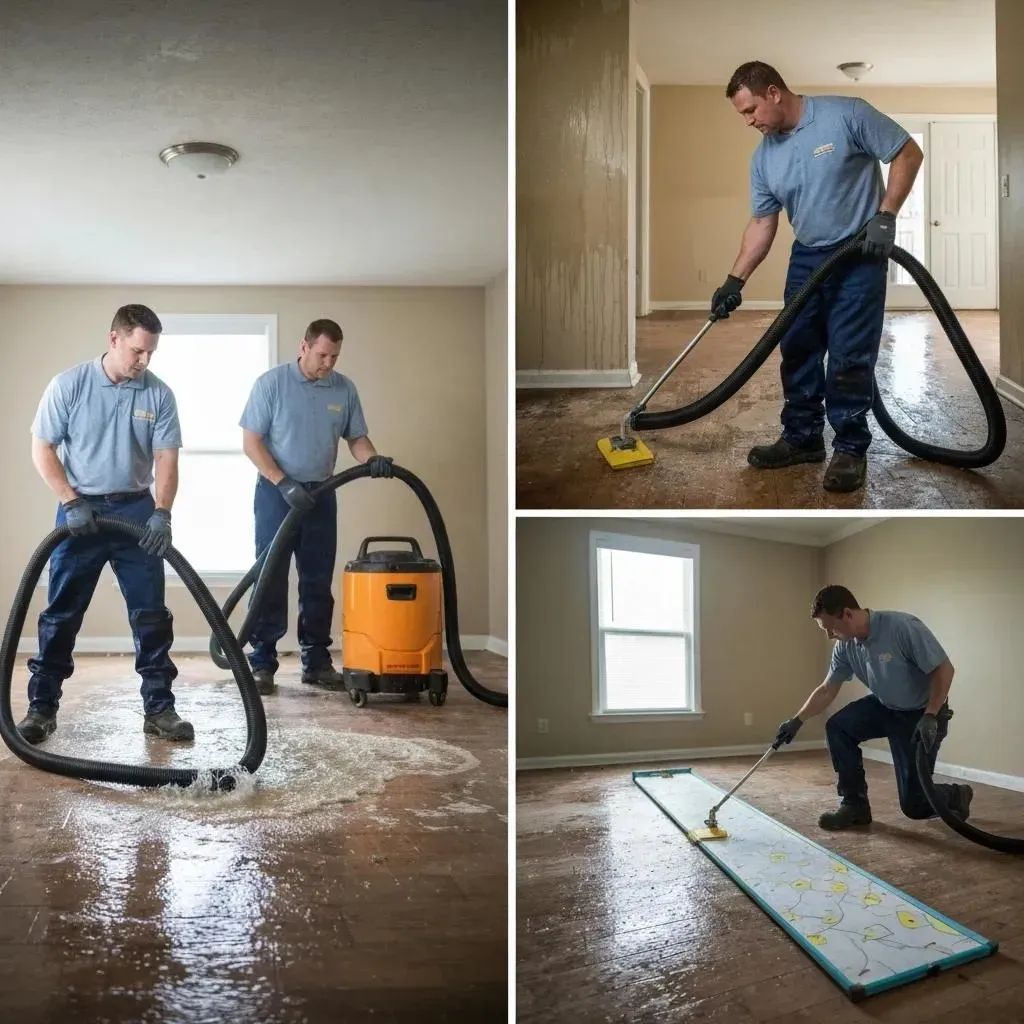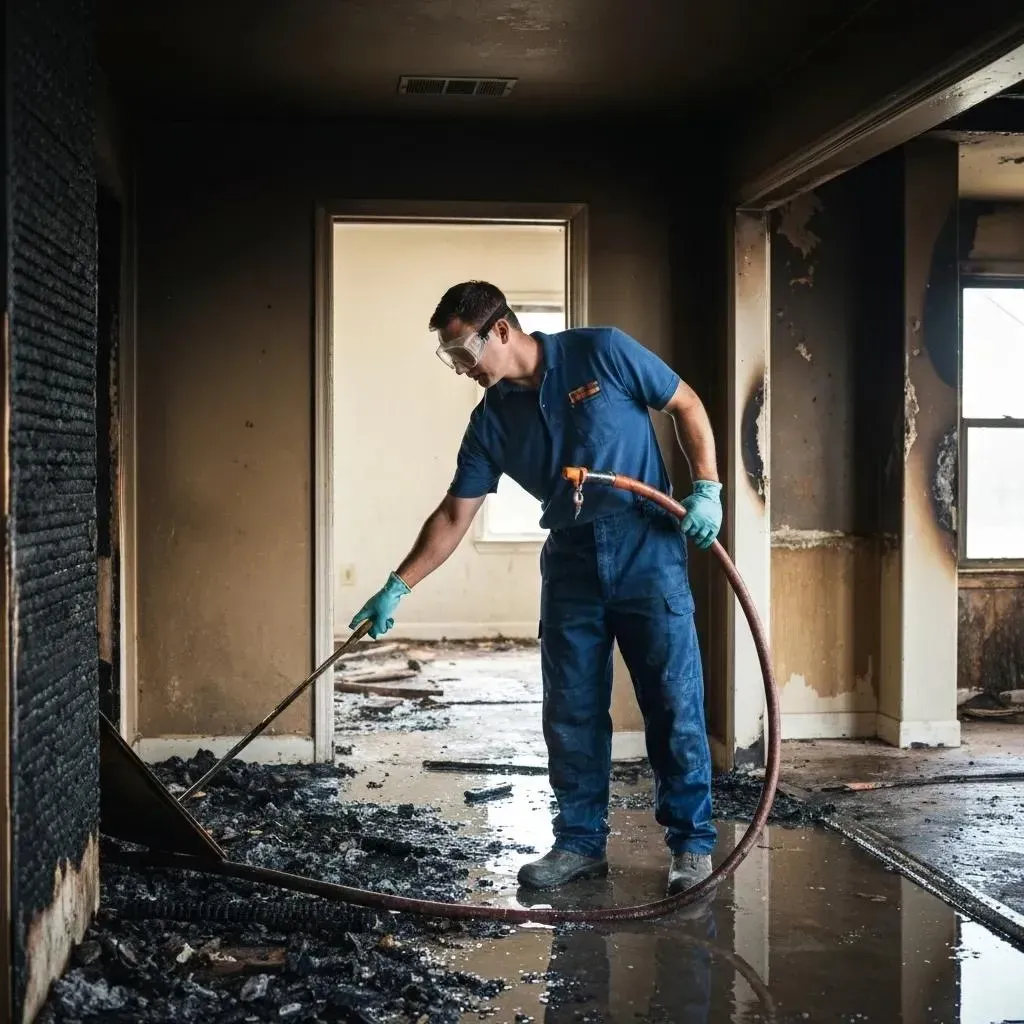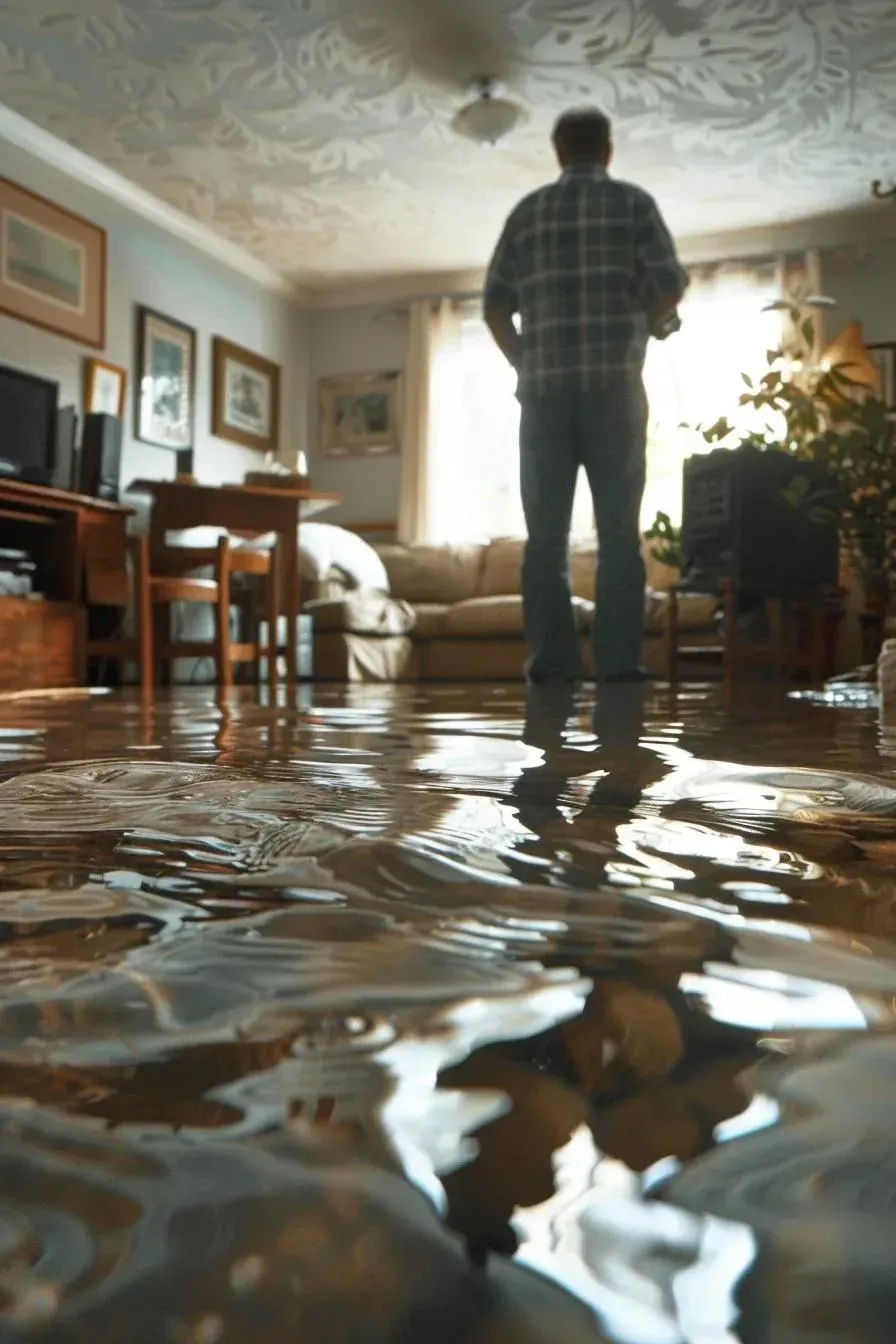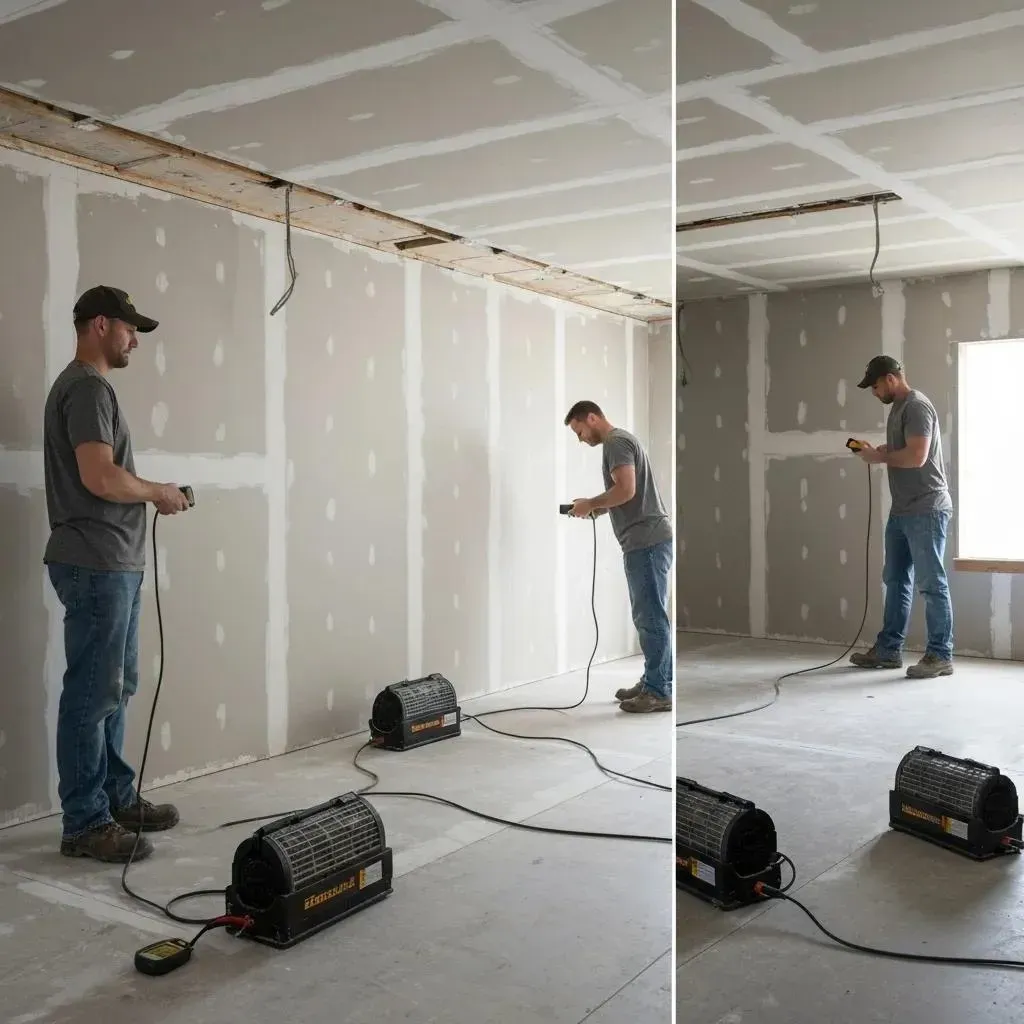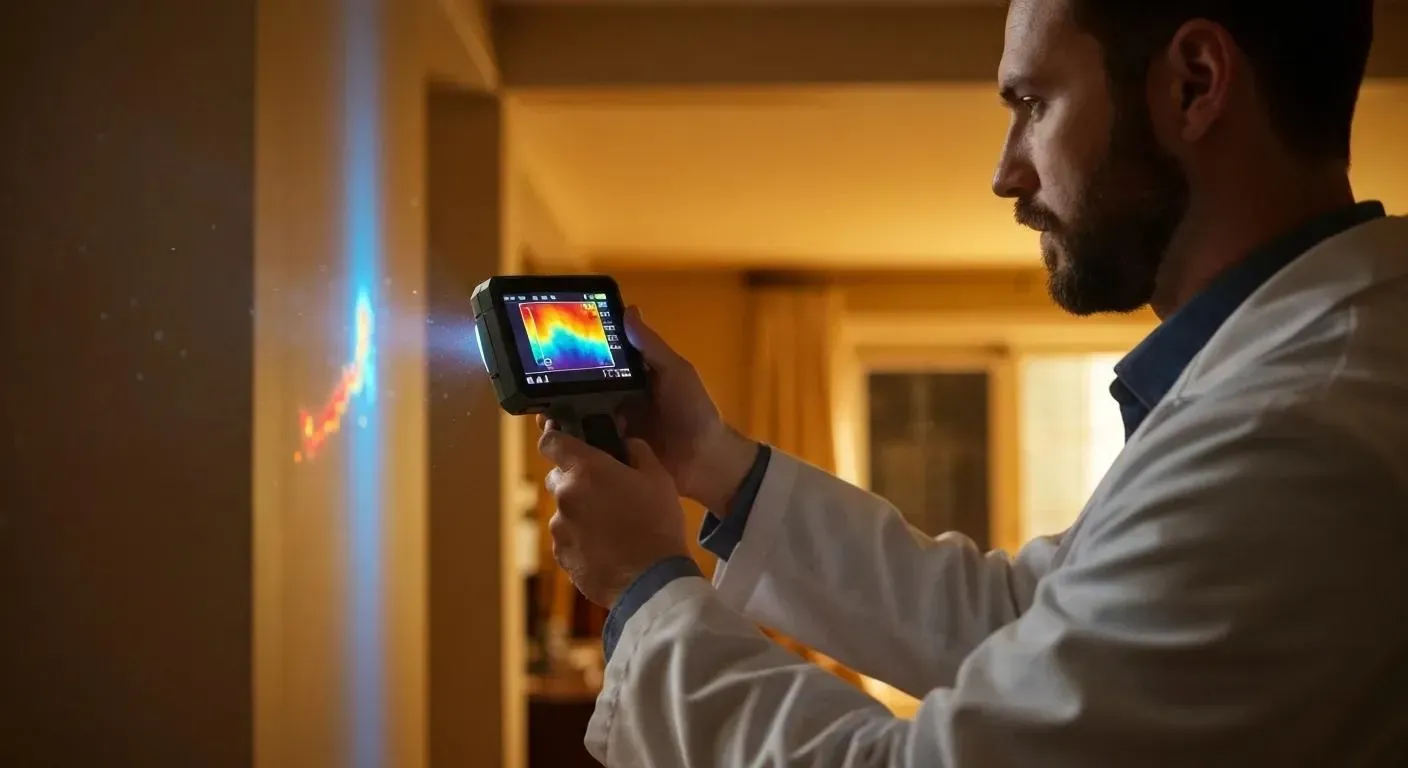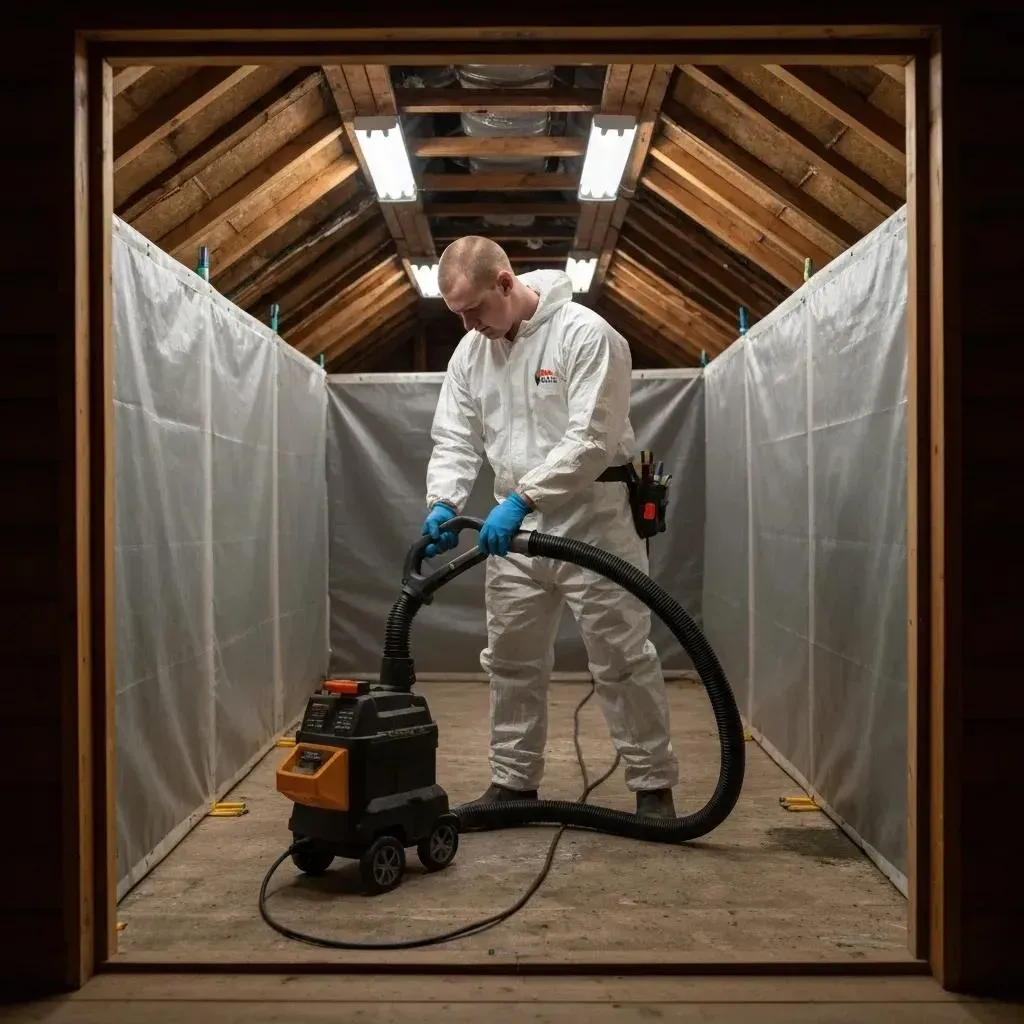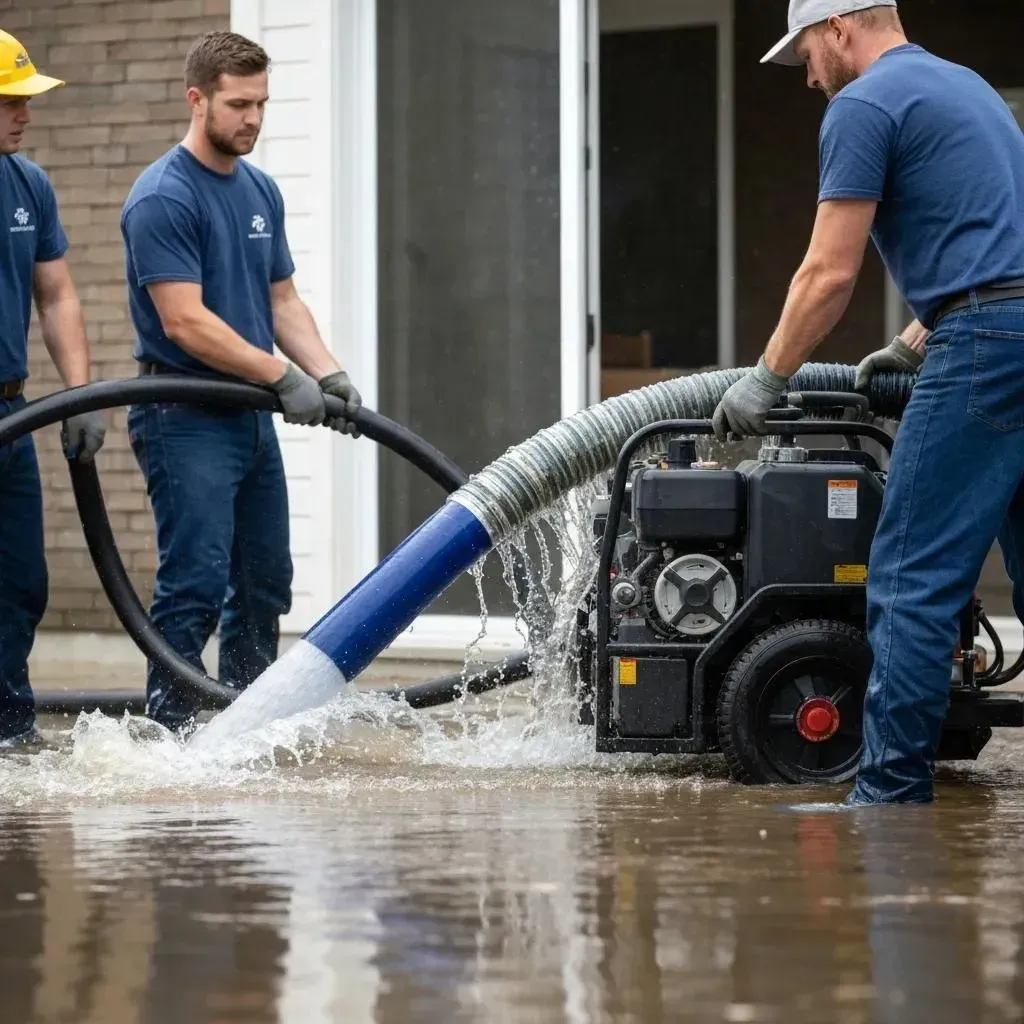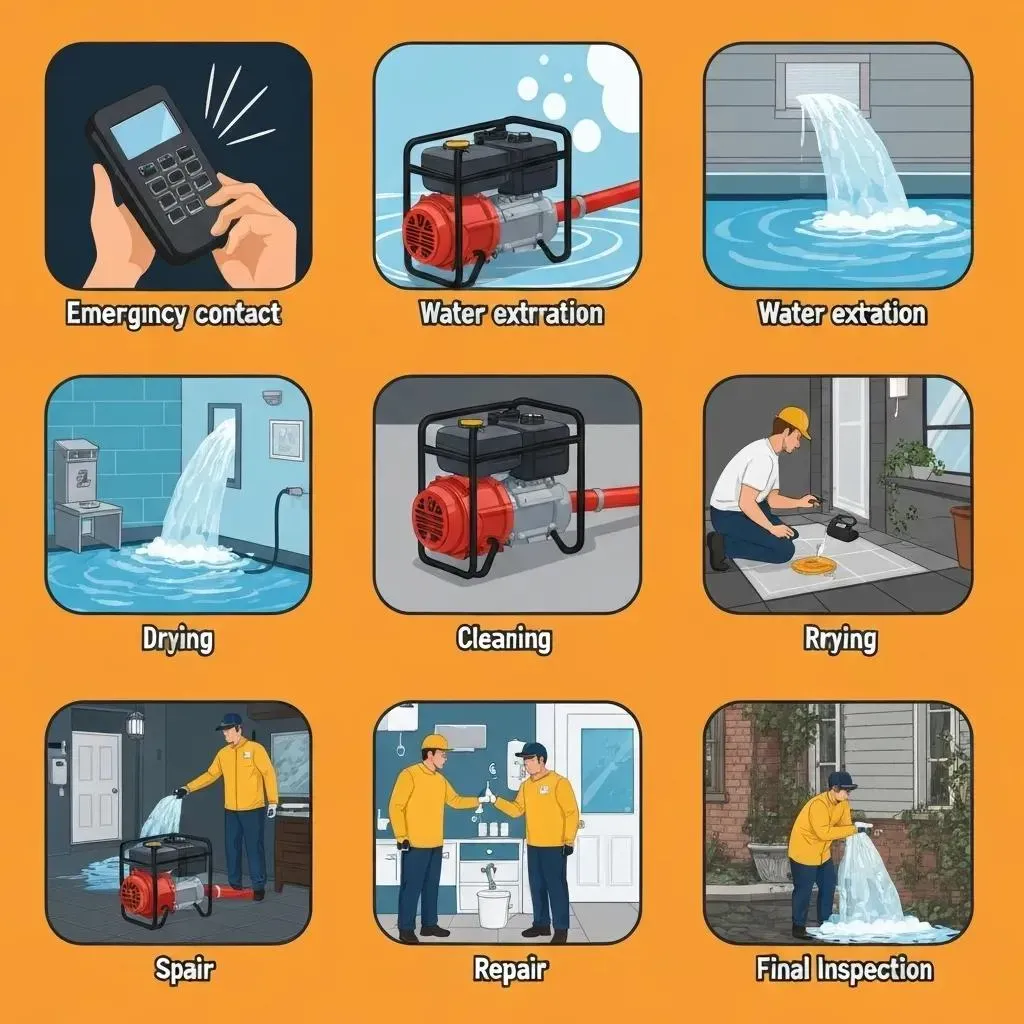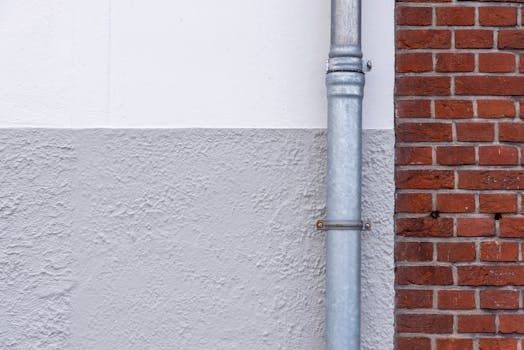Blog
Water Mitigation vs. Restoration: Key Differences Explained for Effective Water Damage Recovery
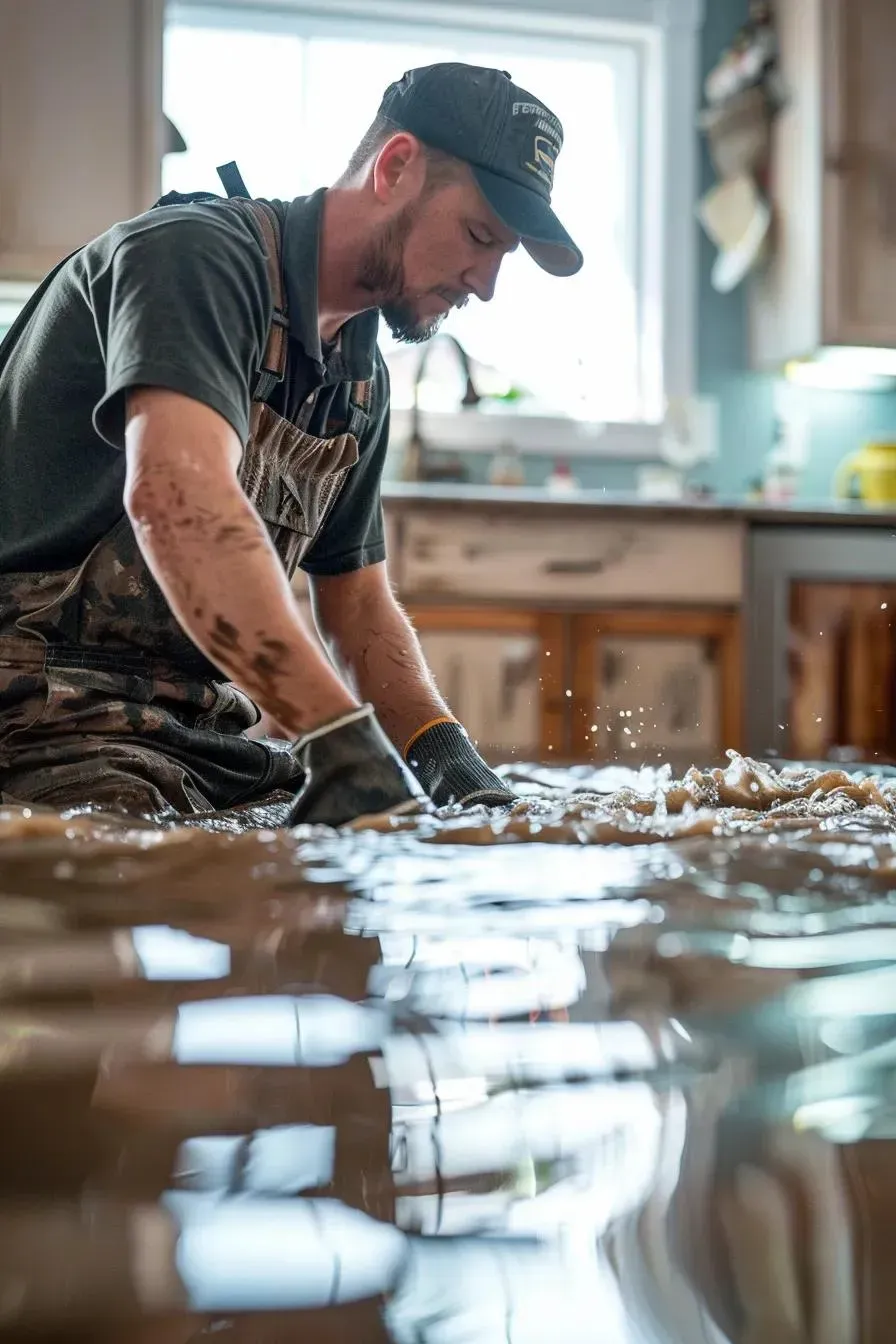
Every hour water lingers in your home amplifies the risk of mold and structural decay, making swift emergency water damage response absolutely critical. In this guide, you’ll discover why water mitigation and restoration are distinct yet complementary processes, how each phase safeguards your property, and when to call for immediate assistance. We’ll cover what water mitigation entails, why it must come first, how restoration repairs damage, their key differences, and the tell-tale signs that demand 24/7 professional intervention right here in Denver. Along the way, learn how Accountable Home Services: Denver's Top Remodeling Experts delivers IICRC-certified, rapid-response solutions to protect your home and streamline your insurance claims.
Water Mitigation vs. Restoration: Understanding the Differences
Water mitigation focuses on halting further damage and stabilizing the property immediately after a water intrusion event. This involves stopping the water source, removing standing water, and initiating the drying process to minimize structural deterioration and health hazards. Water restoration, conversely, is the comprehensive repair and reconstruction phase that follows mitigation, bringing the home back to its original condition.
This source clearly outlines the distinct objectives and timelines of water mitigation and restoration, which is fundamental to grasping the article's central theme.
What Is Water Mitigation and Why Is It Essential?
Water mitigation is the immediate action taken to prevent escalating damage after water intrusion, stabilizing the environment and reducing associated risks. By stopping the source, extracting standing water, and commencing drying, mitigation limits structural deterioration and health hazards. Preventing moisture buildup within 24–48 hours is paramount to controlling mold growth and preserving building materials.
What Does Water Mitigation Involve?
Water mitigation encompasses three core steps that work in concert to stabilize your home and avert worsening damage:
- Extraction of Standing Water – Industrial pumps and vacuums remove bulk water to expose wet surfaces.
- Structural Drying and Dehumidification – High-capacity dehumidifiers and air movers reduce humidity levels and dry out framing.
- Content Removal and Protection – Affected furniture, drywall, and flooring are safeguarded or removed to accelerate the drying process.
By integrating extraction, drying, and content protection, mitigation effectively halts damage at its origin and prepares your property for the subsequent restoration phase.
Why Is Immediate Water Mitigation Crucial to Prevent Further Damage?
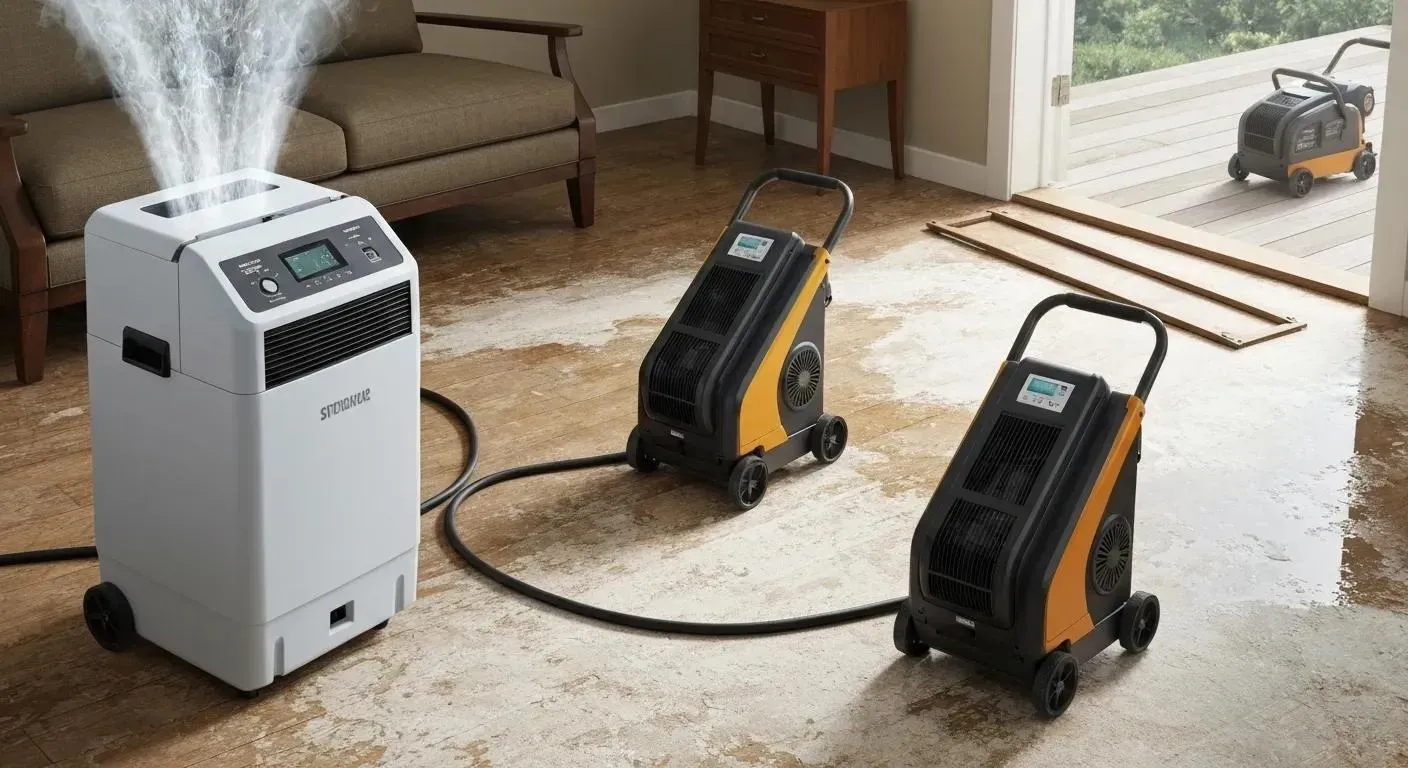
Prompt water mitigation prevents water from migrating into concealed cavities, thereby halting the deterioration of drywall, insulation, and framing. Addressing secondary damage early significantly reduces the scope of repairs and the overall cost. Acting within hours also curbs microbial growth and odor development, preserving indoor air quality and structural integrity for the subsequent restoration efforts.
The Importance of Immediate Water Mitigation
Immediate water mitigation is crucial to prevent water from migrating into hidden cavities, which can halt the deterioration of drywall, insulation, and framing. Acting quickly reduces the scope of repairs, overall costs, and curbs microbial growth and odor development, preserving indoor air quality and structural integrity.
This reinforces the article's strong emphasis on the critical nature of immediate action in water damage scenarios.
How Does Water Mitigation Prevent Mold Growth and Structural Damage?
By extracting moisture and circulating dry air, mitigation lowers relative humidity below the threshold conducive to mold growth (approximately 60%). This drying process maintains the strength of wood and drywall, preventing warping and decay. Controlling moisture not only protects materials but also averts costly mold remediation and long-term health risks.
What Is Water Restoration and How Does It Repair Your Property?
Water restoration is the comprehensive repair and reconstruction phase that follows mitigation, returning your home to its pre-loss condition. Restoration addresses structural damage, replaces building materials, and restores aesthetics and functionality. This process ensures habitability and recovers property value after water intrusion.
What Are the Common Water Restoration Services Offered?
During water restoration, professionals provide services including:
- Drywall Repair and Replacement – Cutting out damaged sheetrock and installing new panels.
- Flooring Replacement – Removing warped flooring and installing new hardwood, tile, or carpet.
- Mold Remediation – Treating affected areas with antimicrobial agents and HEPA-filtered vacuuming.
- Odor Control and Sanitization – Applying ozone or hydroxyl treatments to neutralize odors and pathogens.
Collectively, these services rebuild and revitalize your property after mitigation has secured the structure.
How Does Water Restoration Follow Water Mitigation in the Recovery Process?
Restoration relies on the drying baseline established by mitigation. Once moisture levels meet industry standards, technicians assess structural integrity, plan repairs, and commence reconstruction. This sequential approach—mitigation followed by restoration—ensures that rebuilding efforts are undertaken on a stable, dry foundation.
What Are the Typical Phases of the Water Restoration Process?
Restoration unfolds in three primary phases:
- Damage Assessment and Planning – Inspecting materials, documenting losses, and creating a detailed repair roadmap.
- Repair and Reconstruction – Installing new framing, drywall, flooring, and fixtures according to the assessment plan.
- Final Inspection and Quality Control – Verifying repairs, confirming moisture readings, and ensuring customer satisfaction before project completion.
These phases transform a stabilized environment into a fully restored, safe living space.
How Do Water Mitigation and Restoration Differ? A Side-by-Side Comparison
Below is a concise comparison highlighting the distinct goals, timelines, and scope of work for mitigation versus restoration:
| Activity Phase | Goal | Timing | Key Actions |
|---|---|---|---|
| Water Mitigation | Prevent further water intrusion | Within hours of damage | Water extraction, structural drying, dehumidification |
| Water Restoration | Repair and rebuild to pre-loss state | After drying benchmarks met | Drywall/floor replacement, mold remediation, reconstruction |
What Are the Differences in Purpose and Timing Between Mitigation and Restoration?
Mitigation aims to stabilize and control moisture immediately, while restoration focuses on aesthetic and structural repairs once dryness is confirmed. Acting swiftly with mitigation safeguards materials; restoration requires a dry baseline to proceed safely and effectively.
How Do the Scope of Work and Professionals Involved Vary?
Mitigation specialists utilize extraction equipment and drying tools to manage moisture, while restoration technicians handle carpentry, drywall, painting, and specialized mold treatment. Each team’s expertise is tailored to distinct phases of the water damage recovery process.
What Are the Cost and Insurance Coverage Differences?
Mitigation costs cover emergency extraction and drying equipment, often fully reimbursed by homeowners’ insurance if water intrusion is sudden and accidental. Restoration expenses include materials and labor for repairs, which may involve separate claim adjustments based on policy limits and terms.
Is Water Mitigation Covered by Homeowners Insurance?
Most standard policies cover water mitigation when damage stems from a sudden, accidental event, such as a burst pipe. Coverage might exclude gradual leaks or flood-specific incidents, making it essential to review your policy’s water damage provisions.
Homeowners Insurance and Water Damage
Most standard homeowners insurance policies cover water mitigation when damage results from a sudden, accidental event, such as a burst pipe. However, coverage may exclude gradual leaks or flood-specific incidents, so reviewing the policy's water damage provisions is essential.
This citation validates the article's discussion on insurance coverage for water damage and underscores the importance of understanding policy details.
How Does Insurance Typically Handle Water Restoration Claims?
Insurers often require documented mitigation steps to validate restoration claims. Detailed moisture reports, before-and-after photographs, and technician invoices help expedite approvals for repair and reconstruction costs.
When Should You Call Emergency Water Damage Services in Denver?
Recognizing urgent water damage indicators ensures a timely professional response and minimizes long-term impacts on your Denver home.
What Are the Signs That Require Immediate Water Mitigation?
- Visible standing water covering multiple square feet
- Broken or burst pipes flooding walls and ceilings
- Sewage backup or contaminated water intrusion
- Rapid moisture wicking into drywall, insulation, or wood
How Does Accountable Home Services Provide 24/7 Emergency Response?
Accountable Home Services employs certified technicians around the clock, deploying advanced extraction and drying equipment within hours of your call. Rapid mobilization across the Denver Metro Area minimizes downtime and reduces restoration expenses.
What Are the Risks of Delaying Emergency Water Damage Services?
Postponing mitigation allows water to penetrate deeper into building cavities, accelerates mold colonization within 24–48 hours, and exacerbates material degradation—leading to higher restoration bills and potential health hazards.
How Does Accountable Home Services Support Your Water Damage Recovery?
Accountable Home Services integrates expert mitigation and restoration under one roof, simplifying your recovery journey and delivering consistent quality at every stage.
What Makes Accountable Home Services’ Water Mitigation and Restoration Unique?
IICRC-certified technicians, a commitment as a local family-owned business, and proprietary drying protocols ensure swift mitigation and precise reconstruction. This combined approach accelerates recovery and restores your home to its original condition.
IICRC Certification for Water Damage Restoration
The IICRC (Institute of Inspection, Cleaning and Restoration Certification) offers certifications like the Water Damage Restoration Technician (WRT), which demonstrates knowledge of water damage, its effects, and techniques for drying structures. This certification is often the first step in a restoration professional's education.
This supports the article's mention of IICRC certification and its significance in the water damage restoration industry.
How Does Accountable Home Services Assist with Insurance Claims?
Our team meticulously documents every mitigation and restoration phase with moisture readings, photographs, and detailed reports. We coordinate directly with insurers to expedite claim approvals and minimize your out-of-pocket expenses.
Why Choose Accountable Home Services for Comprehensive Water Damage Solutions in Denver?
With full-service capabilities—from emergency extraction and mold control to drywall repair and final painting—Accountable Home Services provides seamless water damage recovery that protects your home’s value and your family’s well-being.
What Are the Types of Water Damage and Their Impact on Mitigation and Restoration?
Understanding water categories guides mitigation tactics and restoration scope to address specific contamination and material risks effectively.
What Are Clean, Grey, and Black Water Damage?
- Clean Water: Originates from uncontaminated sources (e.g., broken supply lines).
- Grey Water: Contains mild contaminants (e.g., dishwasher discharge).
- Black Water: Heavily contaminated (e.g., sewage backup, floodwater).
How Do Different Water Damage Types Affect Mitigation and Restoration Approaches?
Clean water allows for immediate drying and salvage; grey water necessitates rapid content removal and sanitation; black water requires complete material disposal, antimicrobial treatments, and heightened safety precautions before reconstruction can begin.
How Can You Prevent Mold Growth After Water Damage?
Proactive moisture control and diligent monitoring are essential for preventing mold growth following water intrusion.
What Role Does Water Mitigation Play in Mold Prevention?
By extracting standing water and reducing humidity levels, mitigation lowers spore viability and eliminates conditions conducive to mold colonization before remediation efforts commence.
When Is Mold Remediation Necessary During Restoration?
If moisture readings remain above safe thresholds or if visible mold appears on surfaces, mold remediation is integrated into the restoration process to treat contaminated areas and prevent recurrence.
What Are the Health Risks of Untreated Mold Growth?
Untreated mold can trigger respiratory irritation, allergic reactions, and in severe cases, serious infections—particularly affecting children, elderly individuals, and those with compromised immune systems.
How Does the Water Damage Restoration Process Work from Start to Finish?
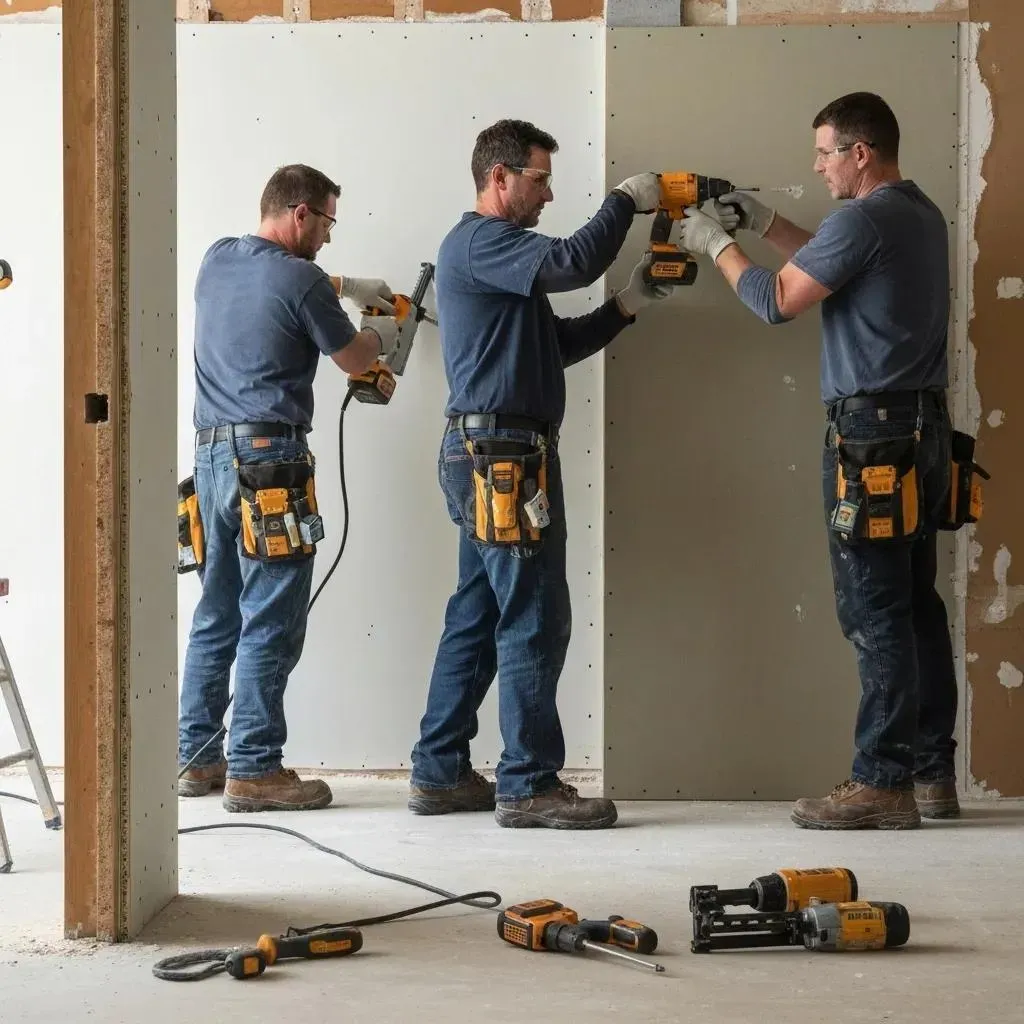
Water Damage Restoration Process
The water damage restoration process typically involves several steps, including damage assessment, water extraction, structural drying, cleaning and sanitization, and finally, repair and reconstruction. This process aims to return the property to its pre-loss condition.
This citation supports the article's explanation of the water damage restoration process from beginning to end.
What Are the Initial Assessment and Damage Evaluation Steps?
Technicians inspect affected zones, meticulously document damage, test moisture levels, and develop a detailed restoration plan including cost estimates and timeline projections.
How Are Water Extraction and Structural Drying Performed?
Certified specialists deploy truck-mounted or portable extraction units to remove standing water, then position air movers and dehumidifiers to circulate air and normalize moisture readings.
What Repair and Reconstruction Activities Are Included in Restoration?
Restoration crews execute drywall replacement, flooring installation, mold treatment, painting, and trim work—rebuilding each area to pre-loss standards for safe, comfortable occupancy.
What Should Denver Homeowners Know About Water Damage Insurance Claims?
Understanding policy coverage and claim procedures empowers homeowners to manage costs and secure full benefits.
How Does Insurance Typically Cover Water Mitigation Services?
Standard homeowners’ policies generally cover emergency mitigation when water damage is sudden and accidental, such as from burst pipes or appliance malfunctions.
What Are Common Challenges When Filing Water Damage Claims?
Adjusters may dispute coverage for long-term leaks, flood events, or missing documentation. Accurate inspection reports and mitigation logs are crucial for claim approval.
How Can Accountable Home Services Help Simplify the Insurance Process?
Our team liaises with insurers, submits comprehensive documentation, and provides expert testimony when necessary—ensuring a smoother claims experience and a faster restoration timeline.
By distinguishing water mitigation’s urgent moisture control from water restoration’s repair and rebuild phases, you gain clarity on each step required for a safe, complete recovery. Taking immediate action prevents mold, limits structural harm, and sets the stage for seamless restoration. Partnering with Accountable Home Services means you benefit from IICRC-certified expertise, 24/7 emergency response, and full insurance claim support to restore your Denver home efficiently.
Ready for dependable water damage recovery? Get a Free Estimate or call our emergency team anytime to safeguard your property and your peace of mind.

